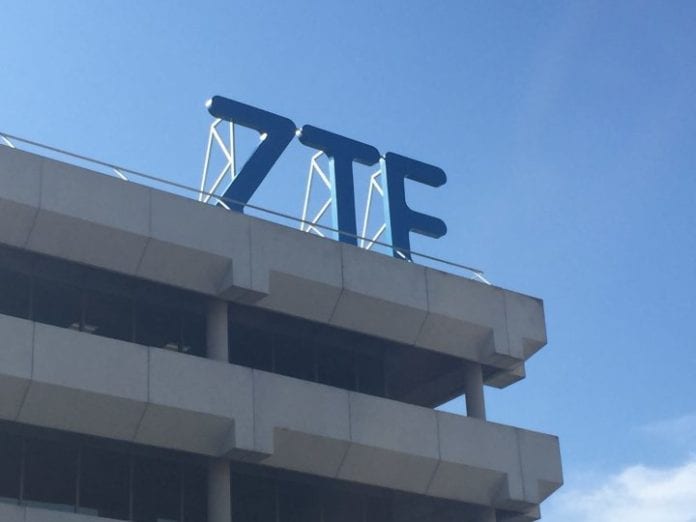The potential launch of new services supported by future “6G” technology by 2030 will exert more challenging requirements on the key performance indicators (KPIs) of 6G networks, according to Chinese vendor ZTE.
“The 6G network should be able to support the peak data rate of 1 Tbps, the user data rate of 20 Gbps, and the cubic traffic capacity of 100 Gbps/m3,“ said Fang Min, director of 6G research and collaboration at ZTE.
“All of these potential KPIs towards 6G network will be achieved along the long term evolution of 5G networks,” the executive said during a video speech at the at the second 6G Wireless Summit.
The mission of ZTE’s 6G research team is to design an intelligent architecture and to verify intelligent enablers for the 6G connectivity infrastructure. ZTE’s 6G research team believes that the intelligent radio, the intelligent coverage, and the intelligent evolution seem to be the essential features of the 6G network architecture. Moreover, 3D-connectivity, intelligent MIMO, on-demand topology, on-demand AI, and “new horizon” communications like the use of terahertz, light, the molecular, the “brain cloud” and the quantum computing qubit will make up the five essential enablers of 6G networks, according to Fang Min.
Accordingly, ZTE reported five corresponding innovation instances and their application scenarios towards 6G, including: enhanced Multi-User Shared Access (eMUSA), Intelligent Reflecting Surface MIMO (IRS-MIMO), and Service-based Architecture RAN (SBA-RAN), AI decoder of Low-Density Parity-Check code (AI-LDPC), and the THz Channel Model scaled from our 5G digital-map based hybrid channel model.
Fang also predicts that the 6G research and innovation window should be opened from 2020 to 2023, focusing on new traffic, new network requirements, new architecture, and new enabling technologies for 6G.
ZTE also said that it has been committed to collaborating with the global industry partners, universities and institutes on 6G research.
In November 2019, the University of Oulu, in Finland, published what is claimed to be the world’s first 6G whitepaper, outlining the key drivers, research requirements and challenges for this technology.
“The report outlines a tentative roadmap towards ‘ubiquitous wireless intelligence’ for 2030. “The bottom line of 6G is data,” said Matti Latva-aho, director of 6G Flagship at the University of Oulu and co-editor of the whitepaper. “The way in which data is collected, processed, transmitted and consumed within the wireless network should drive 6G development.”
“6G needs a network with embedded trust. 6G network should provide proper mitigation and protection from attacks. 6G will create data markets where privacy protection together with clear rules for the market will be key enablers. 6G needs an upgraded networking paradigm moving from best effort to differentiated service quality,” the whitepaper stated.
The whitepaper also postulates that 6G will become a framework of services, including communication services: “In 6G, all user-specific computation and intelligence may move to the edge cloud. Integration of sensing, imaging and highly accurate positioning capabilities with mobility opens a myriad of new applications in 6G. Trust and privacy are key prerequisites for a successful 6G service platform.”
Japan and China, among other countries, have already kicked off research on future 6G technologies.

